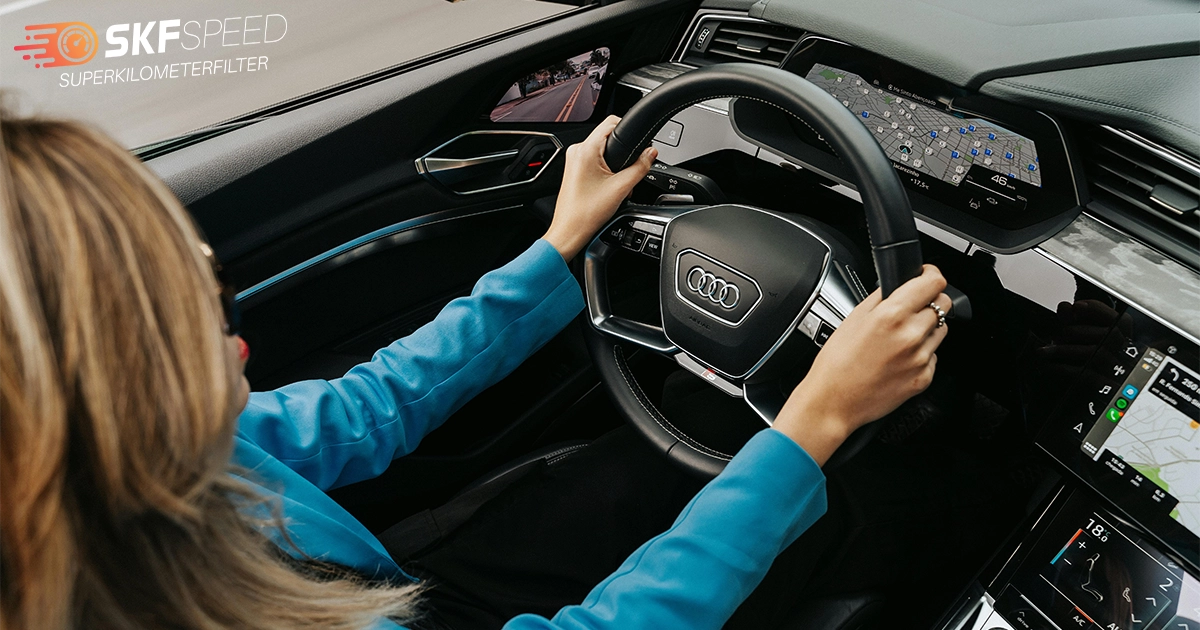
An odometer is an instrument in your car’s dashboard that contains useful information. It shows the total distance covered by an automobile. The odometer’s primary purpose is to display mileage, but it is not its only function. You can use the data from the odometer in various ways and significantly improve the car’s maintenance and safety.
Odometers come in two types: mechanical and digital. Let’s start with the mechanical odometer. Mechanical odometers are common in older automobiles. They are made up of gears, and their functionality depends on the gears that spin when a car begins to move. All the gears are linked, and moving one causes the others to revolve as well. When a car is in motion, the gears turn, changing the numbers on the odometer.
Mechanical odometers have been used to measure mileage in cars. However, this technology is not precise. As a result, current automobiles no longer rely on mechanical odometers and have adopted a more modern solution: digital odometers.
A digital odometer, also known as an electronic odometer, is an electronic device used in modern vehicles to measure and display the distance traveled. It uses sensors that detect the rotation of the wheels and send data to the computer. Each pulse represents a precise unit of distance, and the computer adds these pulses to provide an accurate reading.
For example, if you drive a car with a digital odometer from your house to the grocery store 10 miles away, the odometer will count the pulses caused by the wheel rotations and show “10 miles” on the dashboard. This enables drivers to keep track of their vehicle’s mileage for maintenance schedules and fuel efficiency monitoring.
An odometer is an essential part of a vehicle for several reasons. Its correct functioning influences maintenance, safety, and financial aspects. Still, why is the odometer important?

Odometers have been in use since ancient Rome, according to historical records. Inventor Vitruvius developed an instrument attached to chariots that dropped a pebble into a box for every mile driven.
Today’s digital odometers are significantly more precise and reliable than earlier innovations. Nowadays, odometers have several applications:
An odometer reading shows the total mileage driven by a vehicle. The odometer records all the miles the car travels and displays them on the dashboard. As a result, the odometer is constantly changing, and the number of miles indicated increases.
An odometer tells you how far the vehicle has gone since it was first used. For example, if a car’s odometer displays 100,000 miles, it means the vehicle has covered 100k miles since it was first placed into service. Understanding a vehicle’s usage history is essential for determining its general condition and any future maintenance requirements.
Calculating miles using an odometer is simple and requires only a few steps:
Take the odometer reading at the start of your trip or the period for which you wish to calculate miles. This will indicate the beginning of your adventure.
At the end of your trip or at the specified interval, write down the odometer reading (record what the odometer shows at your final destination). This value represents the overall distance traveled during that time.
To find the distance covered, subtract the starting and ending odometer readings. The result is the total distance traveled in miles.
To calculate the MPG (miles per gallon), use the formula MPG = Total Distance Traveled / the amount of fuel consumed during that period. For example, if you traveled 400 miles and used 10 gallons of fuel, your MPG would be 400 miles / 10 gallons = 40 miles per gallon (MPG).
In 2024, determining a decent odometer reading for a car is dependent on a number of criteria. The most important of them are the vehicle’s age and maintenance history. In general, for new automobiles (less than 5 years old), a good odometer reading is less than 50,000 miles. This suggests little usage and maybe less wear and tear on the engine and other components.
For older automobiles (5-10 years), an odometer reading of 80,000 to 100,000 miles is regarded as fair, provided routine maintenance has been conducted. Beyond 10 years, a decent odometer reading might vary greatly depending on how well the vehicle has been maintained and used. Higher mileage vehicles can still be dependable if properly maintained, although purchasers may prefer odometer readings under 150,000 miles for older cars to ensure lifespan and fewer possible repair bills in the near future.
Good mileage in 2024 depends on various circumstances. However, the odometer showing between 10,000 and 12,000 miles is considered acceptable in 2024.

Although 100,000 miles is not high in modern cars, years ago, it was a watershed amount in vehicle valuations. If you drove a car for more than 100,000 miles, it was considered old or defective. However, this approach has changed radically, and technological progress has made a big contribution to this. Cars today are built to last 100,000 or even 200,000 miles without a problem.
The manufacturer, model, and history of maintenance all significantly impact the automobile. Modern vehicles may easily exceed 100,000 miles. Routine maintenance, periodic oil changes, and minor repairs may also dramatically increase a vehicle’s lifespan. Additionally, the style of driving and terrain are important.
For example, driving on a highway is frequently less damaging than driving in a city. Also, if you drove your car in rough terrain or on broken roads, it would harm its overall condition. But that is not all. Bad driving habits will substantially damage your vehicle. In such cases, driving correctly 100,000 miles on a freeway is far superior to having 50,000 odometer marks but the automobile was driven on difficult terrain and with poor driving habits.
Here is the list of the top 20 cars with MPG in 2024:
Technological advancements in odometers have significantly improved their accuracy and functionality.
A mileage blocker is a modern, compact device that stops a car’s mileage record while driving. Hence, even while driving, your automobile won’t count new mileage. The mileage blocker is a special device as it doesn’t delete or remove any previously recorded distance.
The SKF mileage blocker is distinguished by its untraceable performance. It prevents the system from storing mileage information in control units. Hence, no device or scanner tool can find an automobile’s actual mileage. It’s essential to remember that the blocker is created for car testing purposes and shouldn’t be used unethically.
In addition, this highly efficient tool has installation guidelines, and you can install it yourself. It is available online and you can purchase the mileage blocker from the SuperKilometerFilter website. For any additional information, please visit the support page or reach the customer service department.
An odometer shows the total mileage a vehicle has covered throughout its lifespan and displays this information on the dashboard. The data is important for a variety of reasons, and if used appropriately, it may benefit car owners.
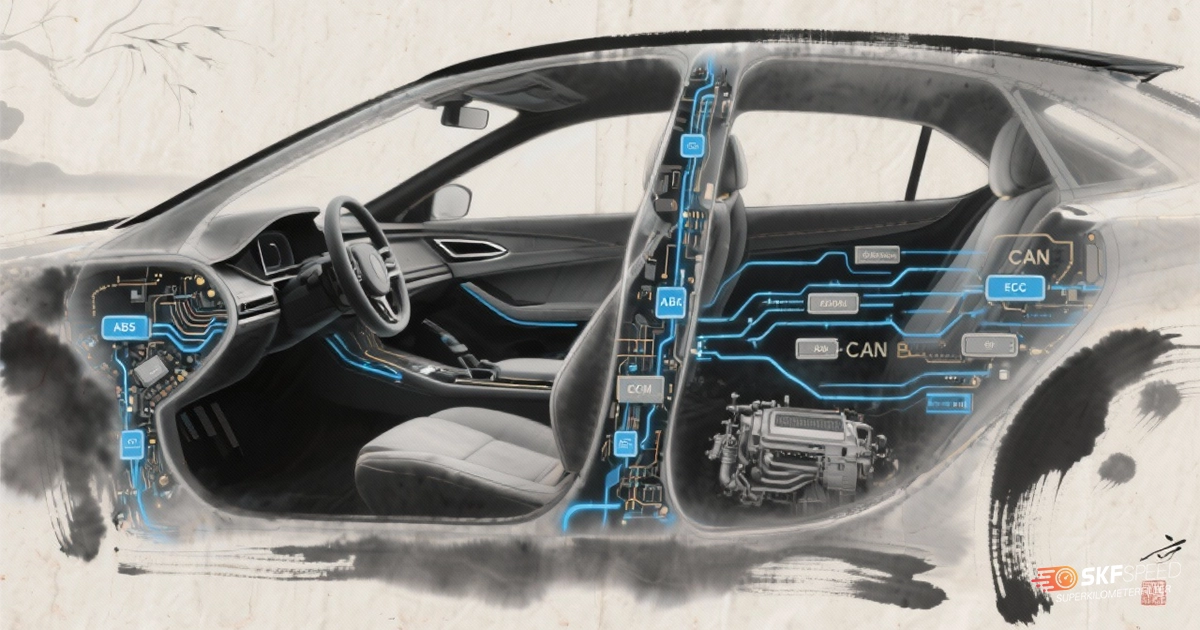
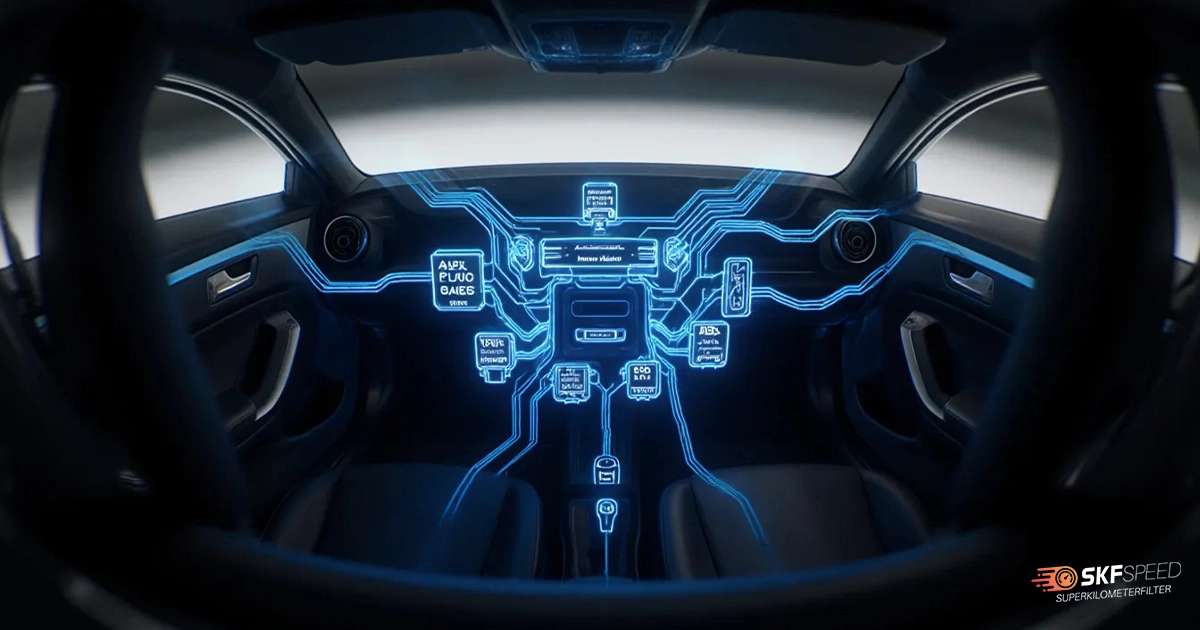
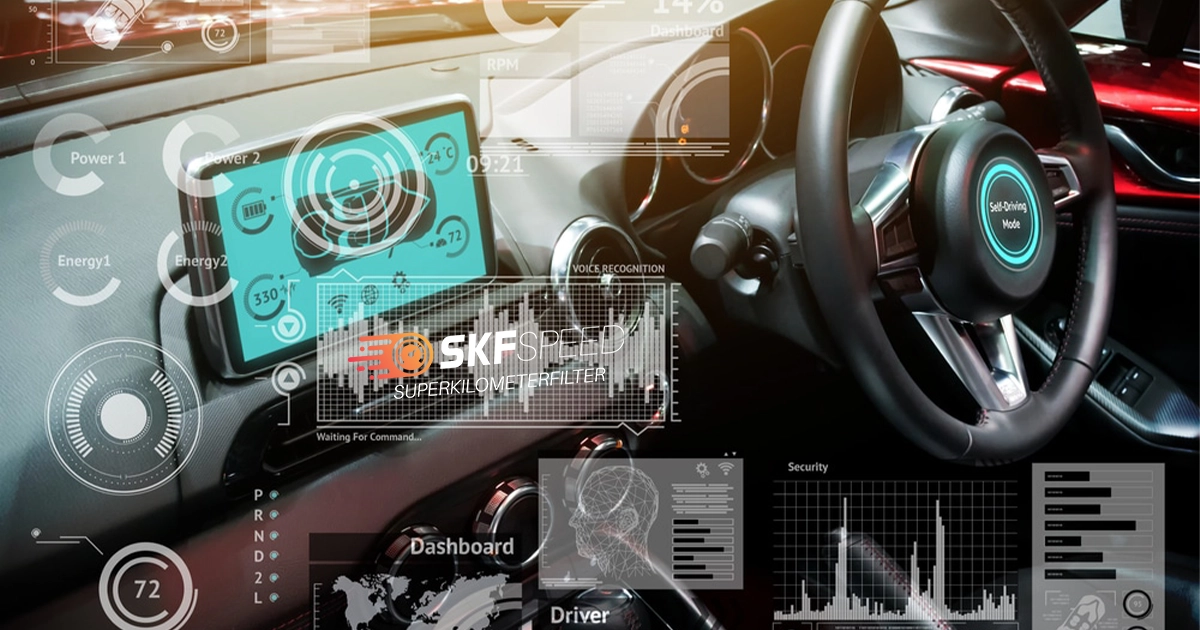
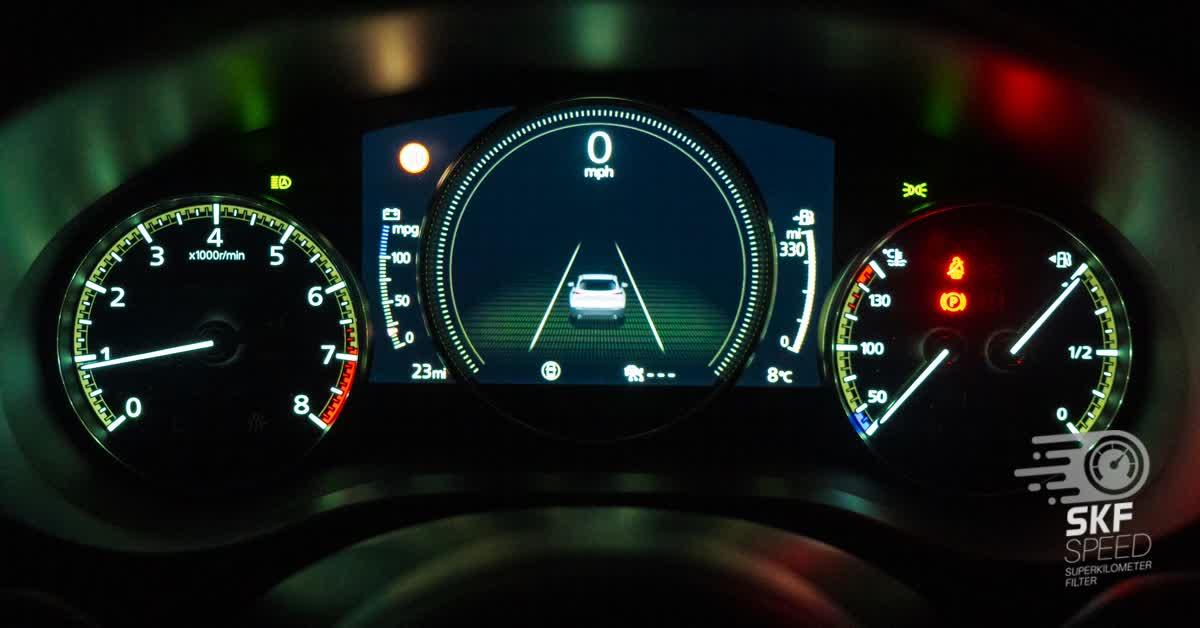
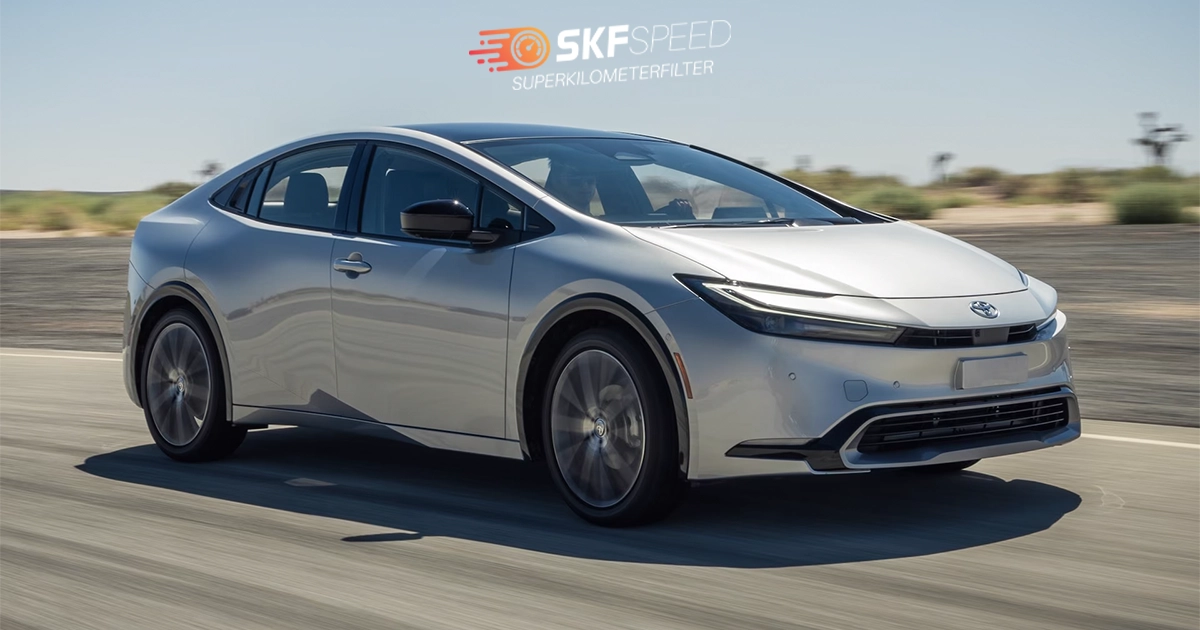
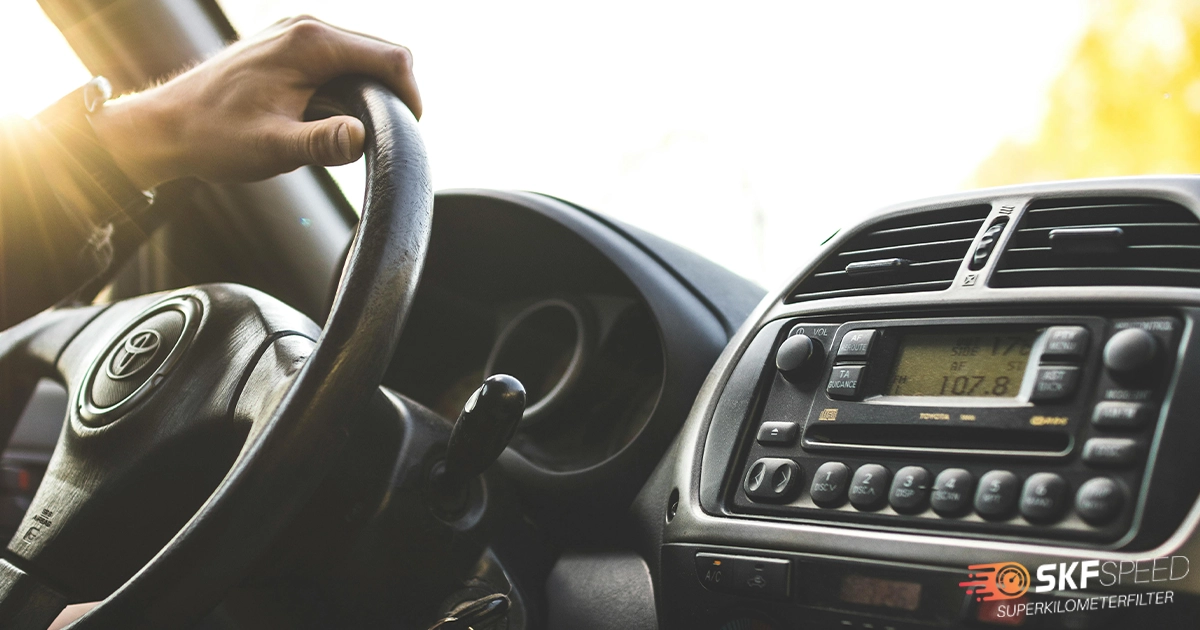
Here you will find all the details about our company
Here you will find shipping and return related information
Here you will find information on all technical questions
Here you will find helpful information about installation